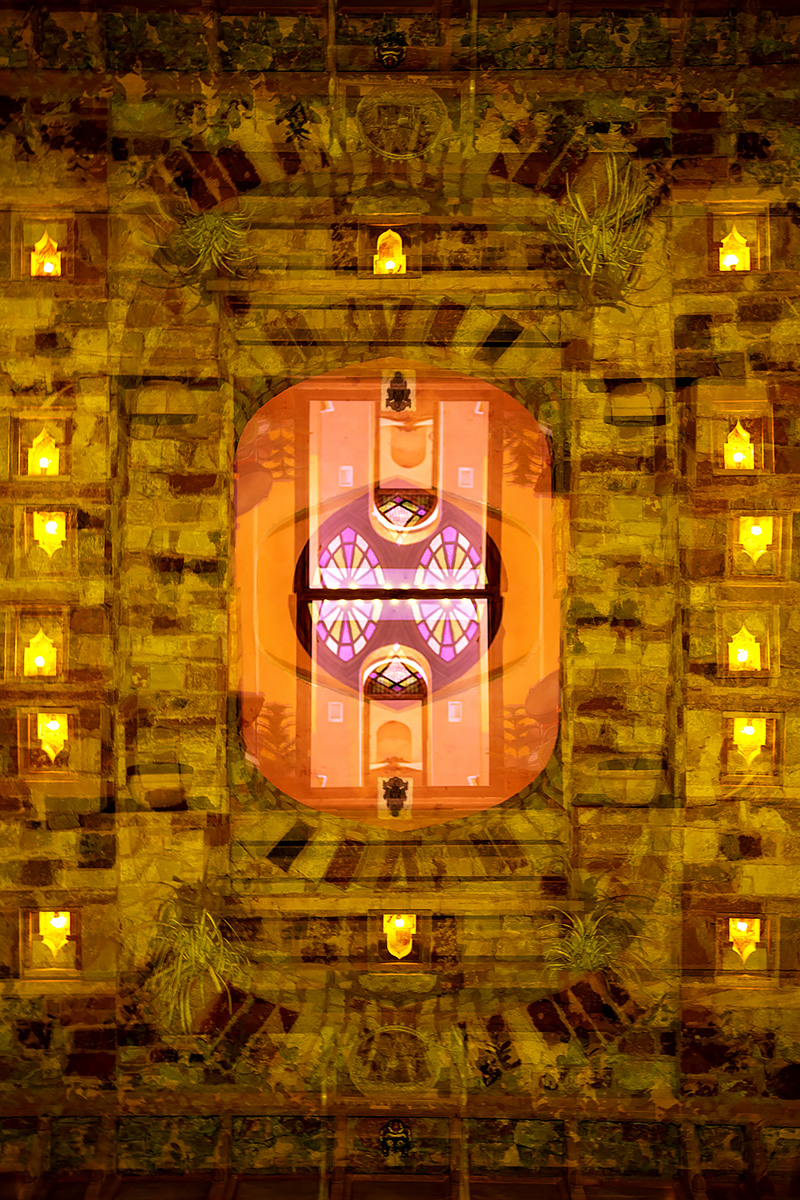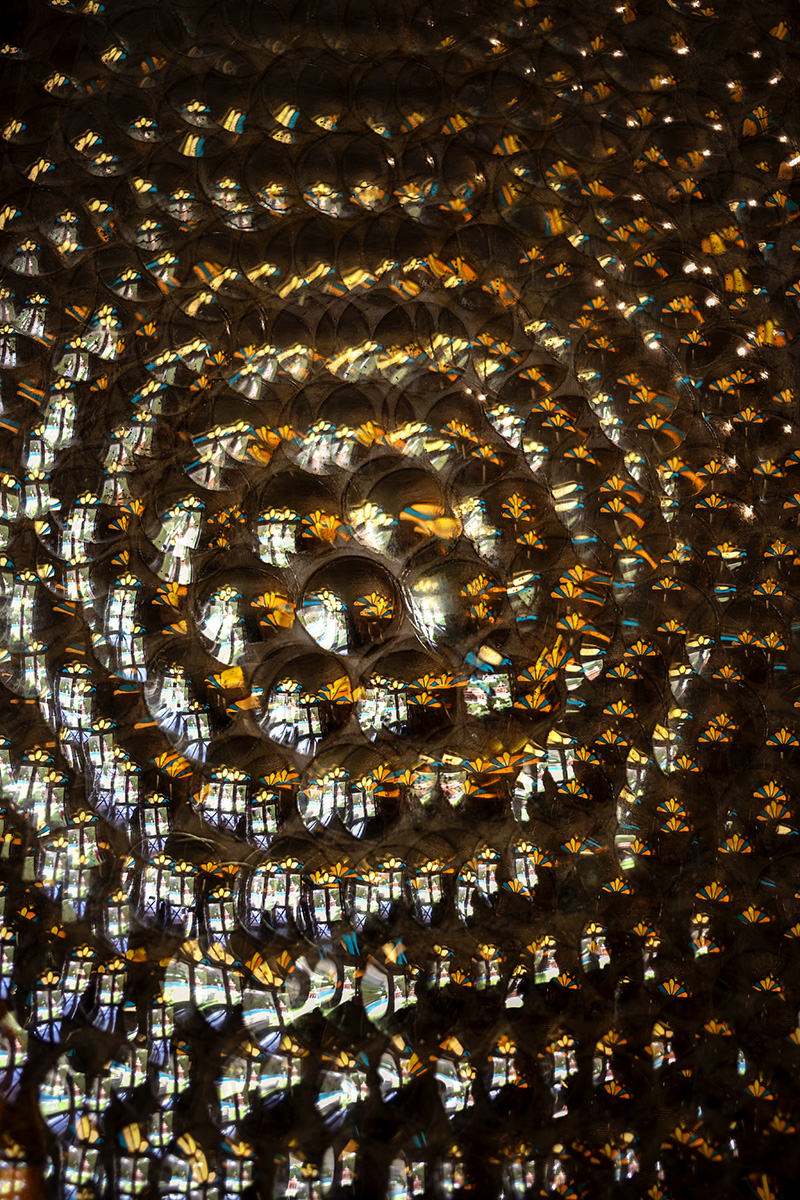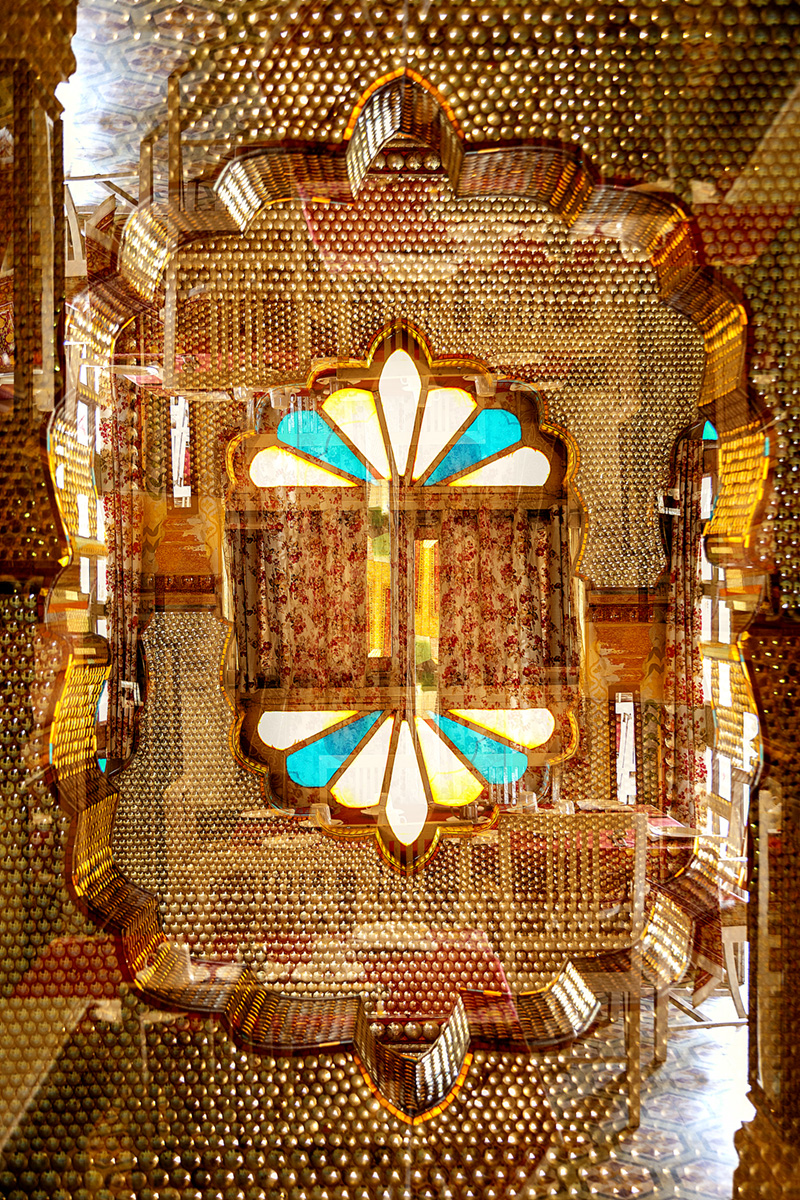More works from India 2017 / 2020
Hridaya
According to Ramana Maharshi, the great Advaita master,
“The godly atom of the Self is to be found in the right chamber of the heart,
about one finger-width’s distance from the body’s midline.
“Here lies the Heart, the dynamic Spiritual Heart.
It is called Hridaya, is located on the right side of the chest, and is clearly visible
to the inner eye of an adept on the Spiritual Path.
Through meditation you can learn to find the Self in the cave of this Heart.”
The word Hridaya is a composite of hrid and ayam, meaning “center, heart, and this.”
* * *
Samsara
According to Berkley Center for Religion, Peace and Wordly Affairs:
Samsara is the continuous cycle of life, death, and reincarnation envisioned in Hinduism
and other Indian religions. In Hindu and Buddhist practice, samsara is the endless cycle of life and death
from which adherents seek liberation. In Hinduism, the prominent belief is that samsara is a feature of a life
based on illusion (maya). Illusion enables a person to think s/he is an autonomous being
instead of recognizing the connection between one’s self and the rest of reality.
Believing in the illusion of separateness that persists throughout samsara
leads one to act in ways that generate karma and thus perpetuate the cycle of action and rebirth.
By fully grasping the unity or oneness of all things, the believer has the potential to break the illusion
upon which samsara is based and achieve moksha — liberation from samsara.
samsara is the negative motivation from which Hindus seek liberation.
The undesirable nature of samsara comes from its unpredictability — people are unaware
of how the actions or karma in their present life will affect their future.
Because past lives affect future ones, a person is never sure about their reincarnation
and the suffering that might accompany it because of past actions.
As the Indian conception of human existence (prior to one’s enlightenment),
samsara is a central component of all religions originating in India.
Buddhists and Sikhs view samsara in much the same way as Hindus,
and Buddhists particularly stress the concept that life is a form of suffering
that is encountered and perpetuated through samsara.
Jainism sees samsara as a base and mundane form of existence that one ought to renounce.
* * *
Alaka
In Hinduism, Alaka (Sanskrit: अलक), which is also sometimes called Alakapuri, is a mythical city.
It is the home of Kubera, the king of Yakshas and the lord of wealth, and his attendants called yakshas.
The Mahabharata mentions this city as the capital of the Yaksha Kingdom.
It is said to be situated on one of the spurs of the Mount Meru in the exalted Himalayas.
* * *
Edition I 90 x 60 cm 3 + 2
Ready to hang: UltraSec® Museum Glass, numbered & signed
or
Print only: Hahnemühle Fine Art Baryta 75 x 50 cm on 90 x 60 cm,
Ultrachrome HDR pigment ink, numbered & signed
* * *
Please ask for details via mail@unityart.eu or +49.173.1935.204



